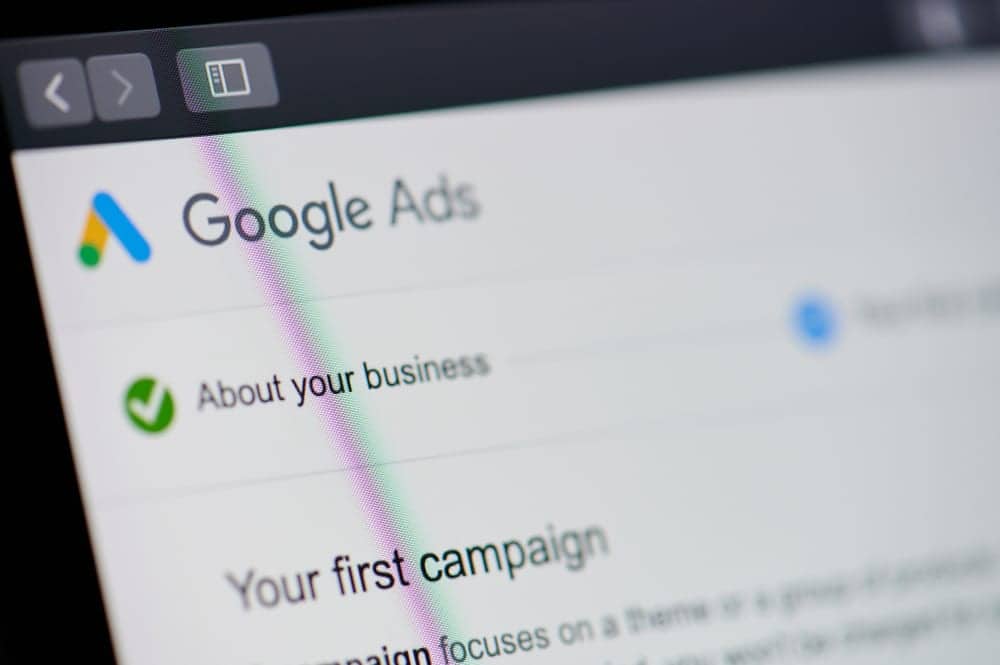
What Is PPC And How Does It Work?
PPC stands for Pay Per Click. It is an advertising business model where advertisers pay every time a user clicks on their adverts. When you are online, you are exposed to plenty of PPC adverts. Whether you’re searching on Google, reading a blog, browsing social media etc you will be viewing these adverts in their many different forms.
One of the many forms of PPC adverts are Google search adverts. These are website snippets that appear at the top and bottom of the Google search results, they look just like a normal snippet apart from the fact that they are accompanied by a small “Ad” label.
In this blog, I will highlight the process of taking an advert from Google Ads all the way to the user’s screen.
Keywords
Keywords are the search terms and phrases in which advertisers want their advert to show up for. An advertiser can set specific bids on these keywords.
Keywords also have three different match types which allows advertisers greater control on how their advert is triggered:
- Broad match type: the least strict match type. Misspellings, synonyms and even just closely related subjects/phrases can trigger your advert. Example: “web design” broad keyword will match for “best website designers” search term.
- Phrase match: modest match type. Your keyword needs to be included in the search query, but it can also have extra words either side of the keyword. Example: “web design” phrase keyword will match for “cheap web design near me” search term.
- Broad match: the most strict match type (although Google keeps making it less so.) Your keywords needs to be exactly the same as the search query and cannot include extra words. Example: “web design” exact keyword will only match for “web design” search term.
Bids
Bidding on your keywords in Google Ads is not as straightforward as it may seem, as you do not always pay the same as what you bid. In Google Ads, your bid represents the highest amount you are willing to pay for a single click. As part of the ad auction, algorithms calculate different scores and such which play a role in how much you actually pay for a click.
Auctions
Whenever a user searches something on Google, the Ad Auction process begins. The first thing that happens is Google needs to find all available ads that can trigger for the search term. This can differ based on things such as your bids, ad schedule, location targeting, device bid adjustments etc. Once Google has all the available adverts, it works out an “AdRank.”
A high AdRank not only allows your advert to appear higher in the search results page, but it allows your cost per click to be cheaper. With this method of auction, Google can allow smaller businesses to compete with large businesses without having to break the bank every time someone clicks their adverts. With this ad auction, it is also possible for the top spot to pay a cheaper cost per click than the adverts below it.
AdRank
The AdRank is the important part of the auction. AdRank represents where your advert shows up on the page, or if it even shows up at all. The advert with the highest AdRank will appear in the number one spot, the second highest in the number two spot and so on until all the available paid search spots are filled with adverts. But how is AdRank calculated?
The actual formula for calculating AdRank is simple: Bid multiplied by Quality Score. The bid is the bid the advertiser has set for the keyword, the highest price they are willing to pay for a single click. The quality score is not set by the advertiser and it’s where Google’s love of algorithms come into play.
Quality Score
Quality score is a rating of your advert’s relevancy and quality. Quality score is measured by algorithms incorporating a range of factors including:
- Click-through rate
- Keyword to search term relevance
- Search term to ad text relevance
- Search term to ad landing page relevance
- Historical performance
You can actually view the quality score for your keywords through the Google Ads performance.
Networks
Although we have mainly looked at the Search network, there are many different places where a Google Ads advert can appear. These are known as networks and include:
- Search: search results page of Google & partnered search engines.
- Display: appears on websites such as YouTube, Blogger, Gmail and any website in Google’s AdSense program.
- Shopping: appears on Google Shopping as well as specific search results pages of Google & partnered search engines.
- Video: video adverts on YouTube as well as Google’s AdSense program.





